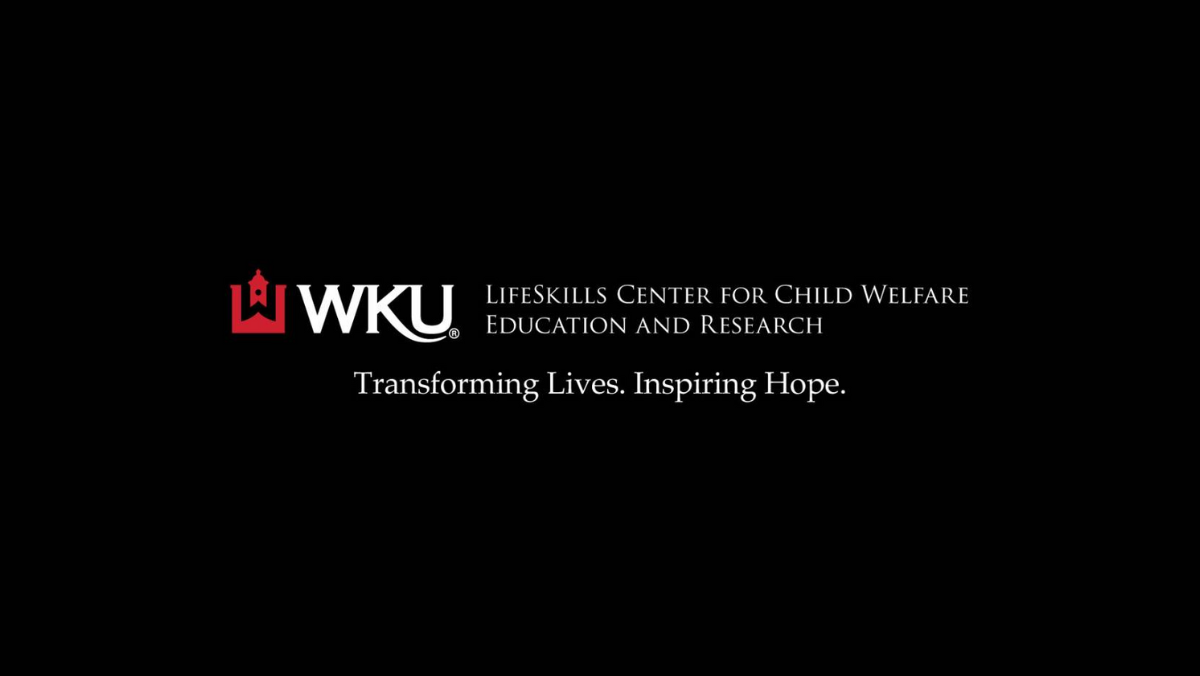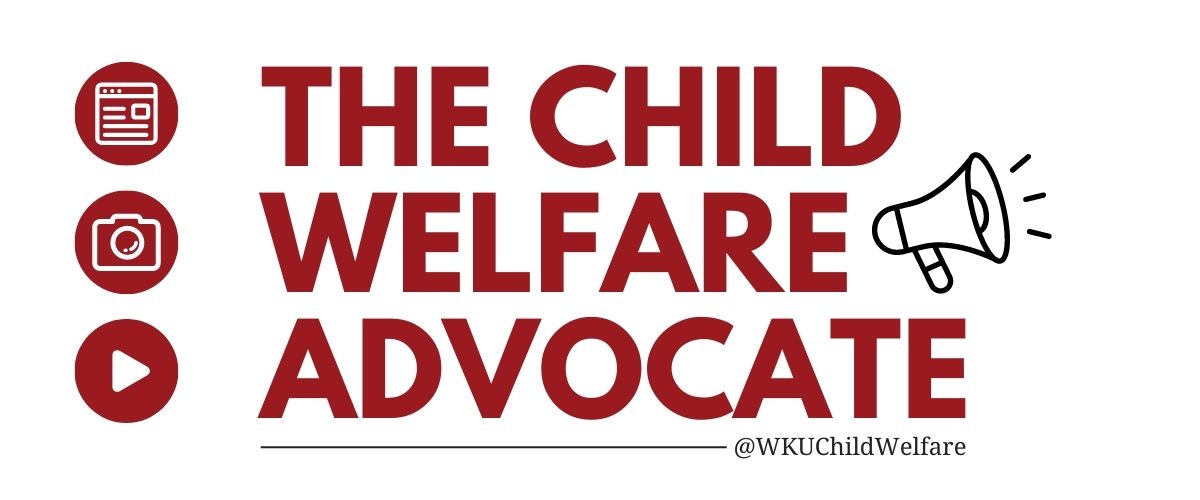
The Child Welfare Advocate
When You Know Better, Do Better
- April L. Murphy, Ph.D., CSW
- Tuesday, November 10th, 2020

Disproportionality in child welfare has long been documented. However, agreement with respect to what exactly is the root cause and what is the most effective way to address it has long been debated. Is it racism? Is it classism? Is it some other factor that has not even been considered because we are so focused on isms? The underlying aim of this post is not to give a definitive answer to these questions, but rather to spur critical thought and discussion on this issue. There is so much work to do, but in the meantime, it is important to remember that children are lingering in the child welfare system. So, let us work together efficiently to ensure that children and families get the support they need to live their best lives.
In FFY 2018, there were 677,529 victims of child maltreatment[1], with Indigenous (Disparity Ratio = 1.7) and Black children (Disparity Ratio = 1.6) experiencing the highest levels of disparity. Does this necessarily mean this is a result of racism? If so, is that racism on the individual or systemic level? If not, then why does this trend continue to occur in the United States? Could it be poverty?
According to the Annie E. Casey Foundation, Kids Count data, an average of 24.9% of children received public assistance in the U.S. between 2005 and 2019. During this same period, an average of 9.1% of children were living in extreme poverty (50% FPL) and 20.5% of children were living in poverty (100% FPL). The Child Maltreatment 2018 report does not report maltreatment by poverty level or socioeconomic status. However, one research study indicated that children with public insurance were 9.46 times more likely to be reported to CPS by medical personnel in an Emergency Department compared to those with private insurance.[2] So, maybe it is classism?
Regardless of the source of disproportionality, we all have to come together and do better. It is time to stop pointing fingers and to start addressing this problem. Can we acknowledge that there might be some levels of implicit bias among decision-makers in child welfare? Can we acknowledge that we have not done enough to support both children of color as well as impoverished families? It is not one or the other, my guess is that it is a complex, interconnected social problem that is going to take a large scale systemic intervention where everyone, including children and families involved with the system, frontline workers and administrators, community partners, and individuals within communities at the local, state, and national levels, is needed at the table.
It is my thought that we should acknowledge the complexity of the issue and the systems with which children and families, as well as child welfare frontline workers and collaborators, must function. There are a number of individuals and professionals involved in child welfare. There are a number of policies one must navigate in order to protect our most vulnerable – the children. This social problem is not going to be solved by fighting against one another, but by coming together. We are all in this work because we truly care about the welfare of children and families. Nobody comes into this work with the goal of discriminating against children of color or children living in poverty. I choose to look at the strengths and resilience inherent within individuals and systems and refuse to throw out an entire system.
Perhaps the time has come for us all to do some reflective work first – where do we stand on this issue? In what ways have I used my privilege to perpetuate disproportionality in the child welfare system? Am I ready to do the work I need to do in order to better serve others? Am I willing to set aside any preconceived ideas about myself and others in order to see and perpetuate truth? I think we are up to the challenge – we just have to be willing to be uncomfortable for a little while. In the end, our children are worth it!
[1] U.S. Department of Health and Human Services, Administration for Children and Families, Administration on Children, Youth and Families, Children’s Bureau [DHHS]. (2020). Child Maltreatment 2018. Retrieved from https://www.acf.hhs.gov/cb/research-data-technology/statistics-research/child-maltreatment.
[2] Powers, E., Tiyyagura, G., Asnes, A.G., Leventhal, J. M., Moles, R., Christison-Lagay, E., … Auerbach, M. (2019). Early involvement of the child protection team in the care of injured infants in a pediatric emergency department. The Journal of Emergency Medicine, 56(6), 592-600.



